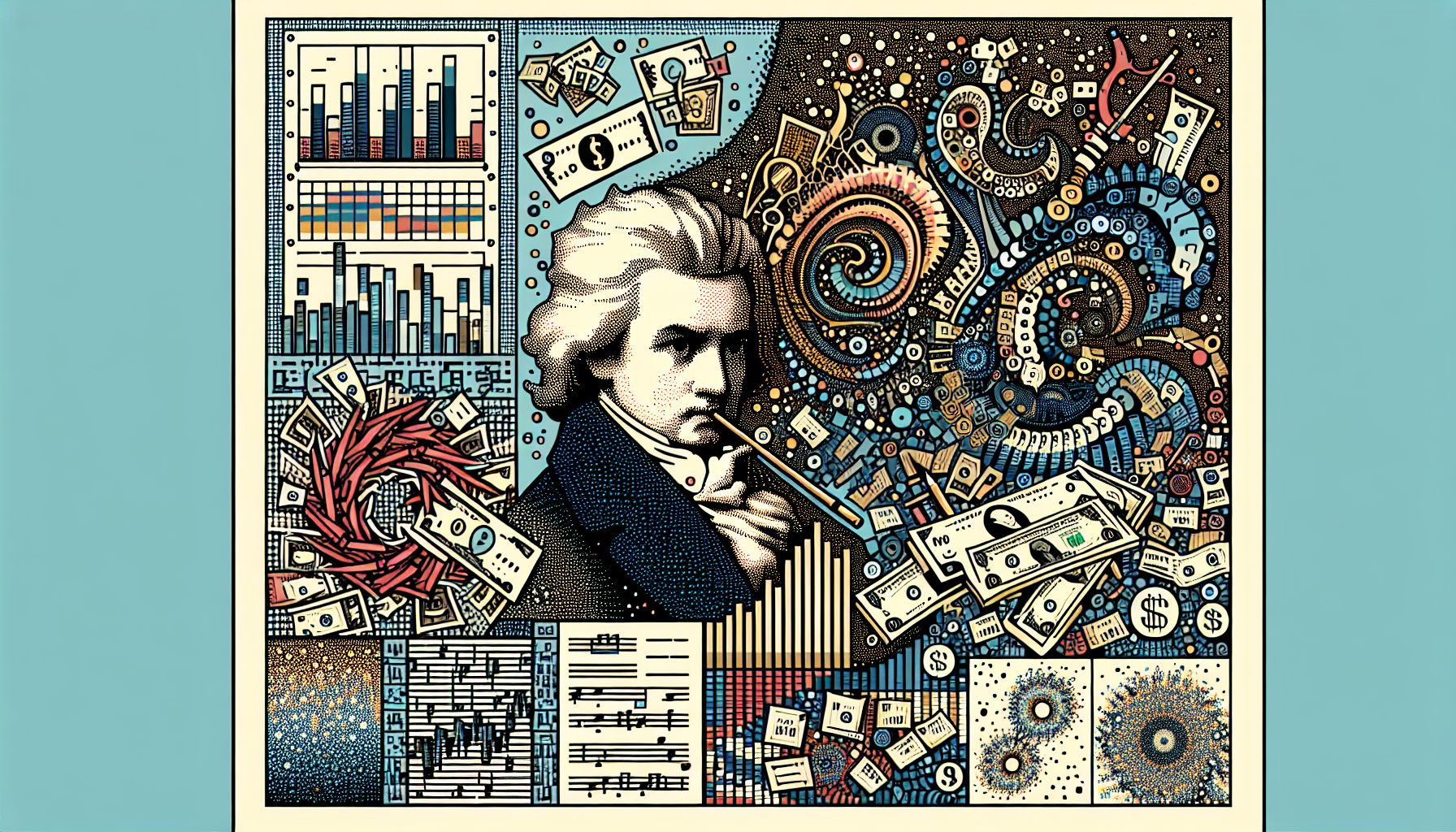AI Bridges Science and Art to Predict Innovation

Cambridge, Wednesday, 13 November 2024.
MIT researchers develop a graph-based AI model that uncovers hidden connections between diverse fields, potentially revolutionizing materials design. The system found surprising similarities between biological materials and Beethoven’s Symphony No. 9, highlighting shared patterns of complexity. This innovative approach could transform interdisciplinary research and innovation strategies.
Revolutionizing Material Design through Unseen Connections
The groundbreaking work by MIT’s Markus J. Buehler demonstrates the potential of graph-based AI to transcend traditional boundaries between disciplines. By leveraging generative knowledge extraction and multimodal intelligent graph reasoning, the AI model uncovers unexpected links between seemingly unrelated fields such as biology and music. This integration could pave the way for novel materials, as illustrated through the AI’s identification of parallels between biological tissues and Beethoven’s Symphony No. 9. The shared complexity in these domains underscores the potential for innovative material designs that balance chaos and order, a concept exemplified by a proposed mycelium-based composite inspired by Kandinsky’s art.
AI’s Role in Interdisciplinary Research
The research extends beyond material science, suggesting broader applications for AI in interdisciplinary studies. By employing category theory, the AI enhances its reasoning capabilities, allowing it to explore symbolic relationships in science. This approach not only identifies knowledge gaps but also proposes new directions for material innovation, highlighting the system’s capacity to answer complex questions. The AI’s ability to draw connections between disparate fields demonstrates its utility as a tool for both scientific and philosophical inquiry, potentially leading to breakthroughs in sustainable building materials, biodegradable plastics, and biomedical devices.
Implications and Future Directions
As the AI model continues to evolve, its implications for future innovations are profound. The research suggests a paradigm shift in how interdisciplinary research is conducted, with AI serving as a catalyst for new discoveries. The model’s success in identifying organized complexity in both biology and music illustrates its potential to inspire future material designs and innovation strategies. This could lead to a new era of exploration, where AI not only accelerates scientific progress but also enriches our understanding of the interconnectedness of different fields. With further development, such AI systems could revolutionize the way we approach challenges in various domains, fostering a deeper integration of art, science, and technology.